Even ocean-going birds need to come ashore to breed and when they do, they bring a gift from the oceans with them – nutrient-rich guano (otherwise known as seabird poo). It’s a fertiliser bonanza, especially when those seabirds nest in large, breeding colonies.
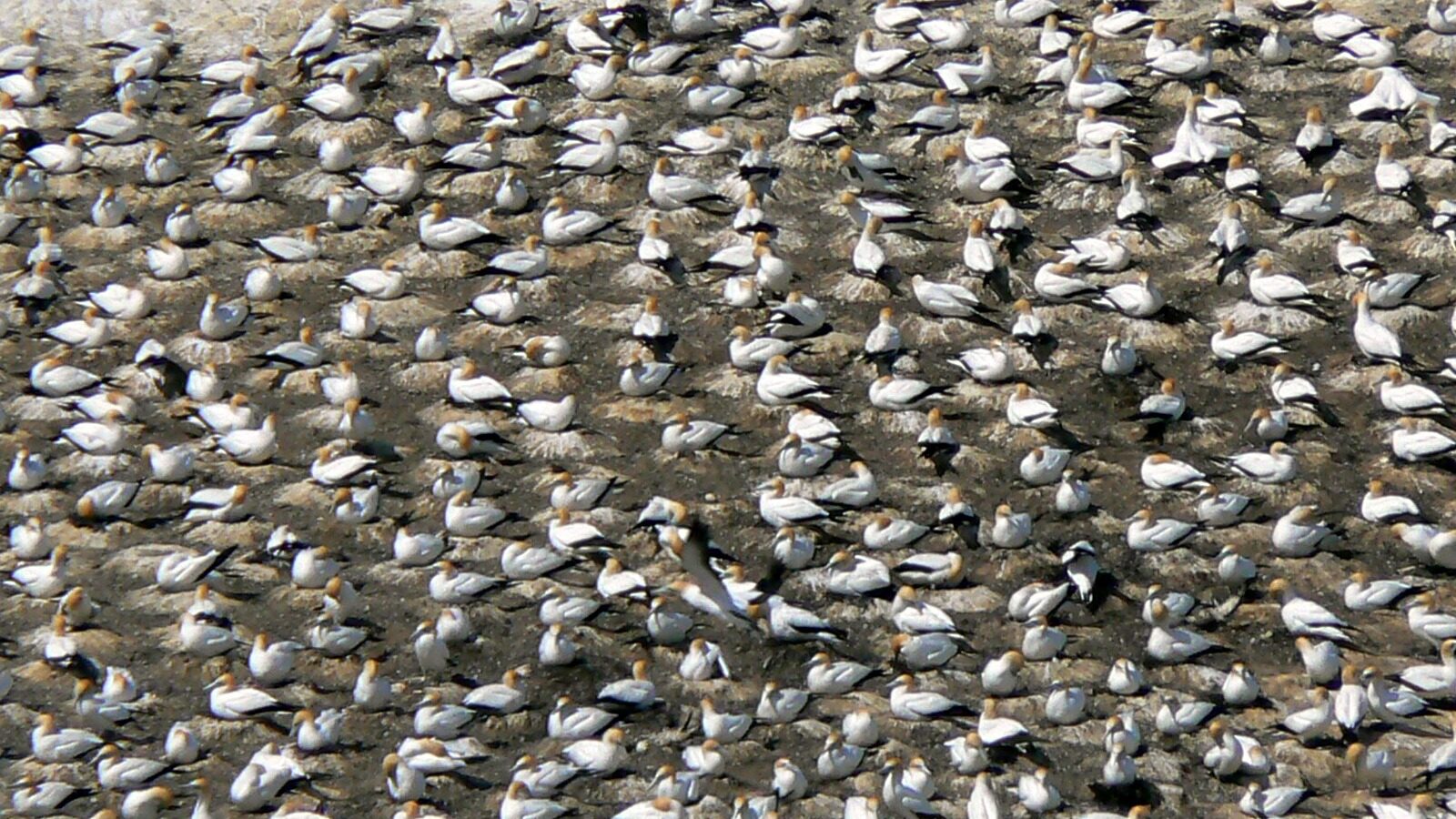
Terrestrial plants and wildlife thrive on these so-called ‘seabird islands’ because of seabird guano. It fuels island life and land-based biodiversity and abundance, preventing small seabird islands from becoming nutrient-depleted rocks.
When introduced predators wipe out the incoming seabirds, they’re knocking out the incoming fertiliser deliveries too. So predator removal is good for island plants as well as animals.
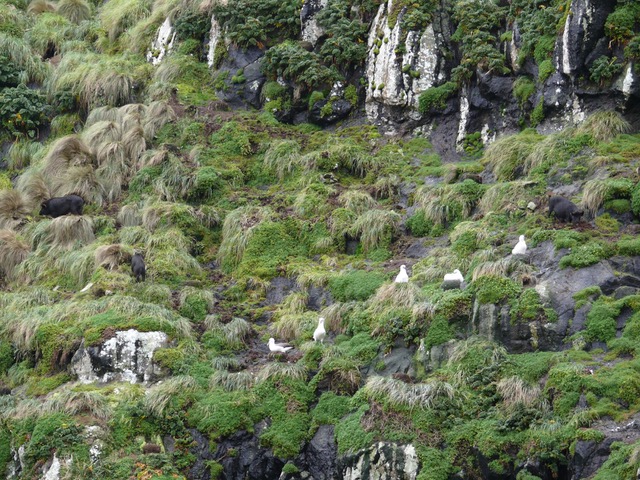
But it may not be just the terrestrial island life that benefits. Rain-fed streams wash some of that fertiliser out to sea. Do nearshore ecosystems benefit from land-based predator control?
The near-shore effects of seabird loss, predator control and seabird return hasn’t been much studied to date. But two Northern Illinois University researchers, Lyndsay Rankin and Holly Jones set out to remedy that gap when they investigated the effects of predator control on islands in New Zealand’s Mercury Group. The results of their study have just been published in the Marine Ecology Progress Series.
“While invasive predator eradications lead to terrestrial recovery on seabird islands, there is little information on the nearshore impact. We determined how nearshore macro-algae communities and seabird-derived nitrogen concentrations are influenced by predator eradications and environmental parameters (sampling depth, season, wave exposure, and runoff).”
It’s not just guano that contributes to seabird islands. Many seabirds nest in burrows. Dead seabirds contribute to the food web too.
“Seabird islands are distinctly different from other islands due to the high quantities of marine nutrients (in the form of guano and carcasses) deposited and the physical alteration through burrowing that drives island ecosystem functioning. These islands have evolved intricate food webs and relationships that rely on seabird presence.”
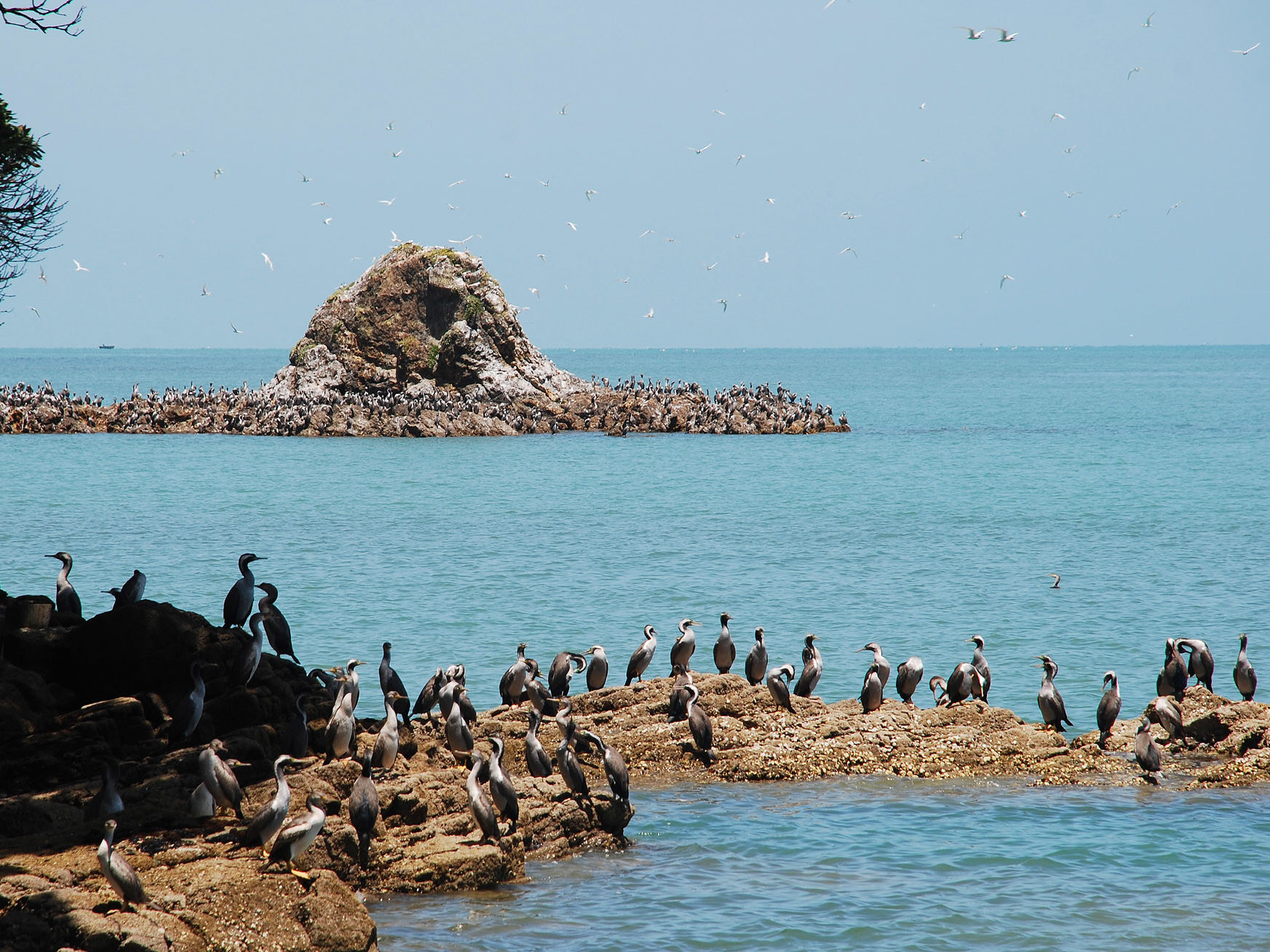
Many such seabirds have evolved without mammal predators and are highly vulnerable when nesting in burrows, clifftops and beaches. Whole populations can be wiped out.
“Through predation, competition, and habitat damage, invasive mammals can decimate seabird populations, disrupting the bottom-up control of seabird islands. Invaded islands with fewer seabirds have lower concentrations of carbon, nitrogen, and phosphorus in soils, lower nitrogen concentrations of leaf-litter and foliage and decreased populations of plants, invertebrates, and reptiles through predation and/or disruption of community relationships. The impact from drastic seabird population declines and extirpations by invasive predators is markedly severe on these ecologically unique seabird islands.”
Why choose New Zealand for their study?
“New Zealand is a global leader in island invasive management, successfully eradicating mammal pests from over 100 offshore islands in 50 years. With the highest seabird diversity in the world, New Zealand’s recovering seabird islands are important to global seabird conservation. In the Hauraki Gulf of northern New Zealand, seabird burrow densities are considerably higher on uninvaded islands than on eradicated and invaded islands.”
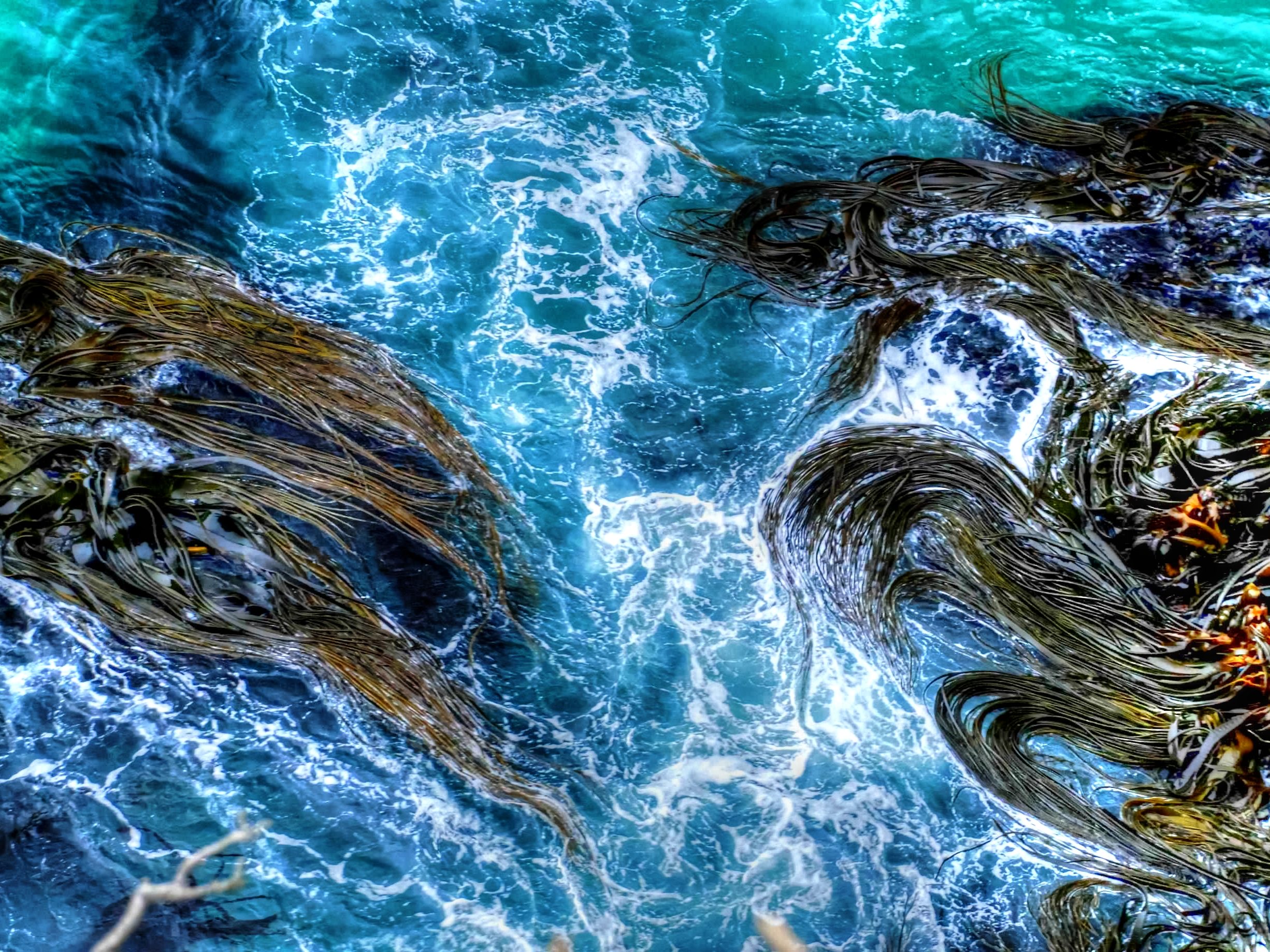
High density thresholds of nesting seabirds may be required before large-scale recovery is detected in terrestrial systems, the researchers believe. Seabird recovery on eradicated islands can be slow, taking a minimum of 15 years on some islands, with a similar time frame expected before ecosystem-level changes in community structure and nutrient levels are documented in nearshore communities at recovering islands.
The researchers selected four islands in the Mercury Group for their research including an island which had never been invaded by mammals and another where predators were eradicated over 30 years ago.
“This case study was conducted on 4 islands in the Mercury Island archipelago: Ahuahu/Great Mercury, Korapuki, Atiu/Middle, and Green Islands. The Mercury Islands are located 8 km off the coast of the Coromandel Peninsula on New Zealand’s North Island. Like most of New Zealand’s offshore islands, the Mercury Islands have been directly impacted by human settlement and introduced mammals. Each study island varies in invasion and eradication history, from those that have never been invaded (Atiu/Middle and Green Islands) to those eradicated of mammalian predators (rats and cats) in 1986 (Korapuki Island) and 2014 (Ahuahu/ Great Mercury Island). There are no remaining islands in the Mercury Island chain that still have rats and cats present.”

Nitrogen is a major component in seabird guano and needed by seaweed (macroalgae) to grow so measuring nitrogen levels formed the basis for the research methodology.
“What remains unclear is how nearshore algal communities, seabird-derived nutrient ratios in macroalgae, and nitrogen concentrations in the water column change following mammal eradications. Sea bird guano is rich in nitrogen, most of which is in the organic form as uric acid (~70−80%) and inorganic forms as ammonia and nitrate (~10−17%). Macroalgae are often nitrogen limited. Ammonium and nitrate are more readily absorbed, with the preferred form for uptake being ammonium. Quantifying nitrogen concentrations in the water surrounding seabird colonies as well as nitrogen isotope ratios (δ15N) in macroalgae can be a good predictor of guano-based nitrogen availability for macroalgae. In this case study, we (1) investigated how macroalgae communities vary by island invasion and eradication history through species richness/ diversity measurements and community structure descriptions and (2) determined how environmental parameters in addition to invasion/eradication history influence seabird-derived nitrogen in nearshore macroalgae using stable isotope analysis.”
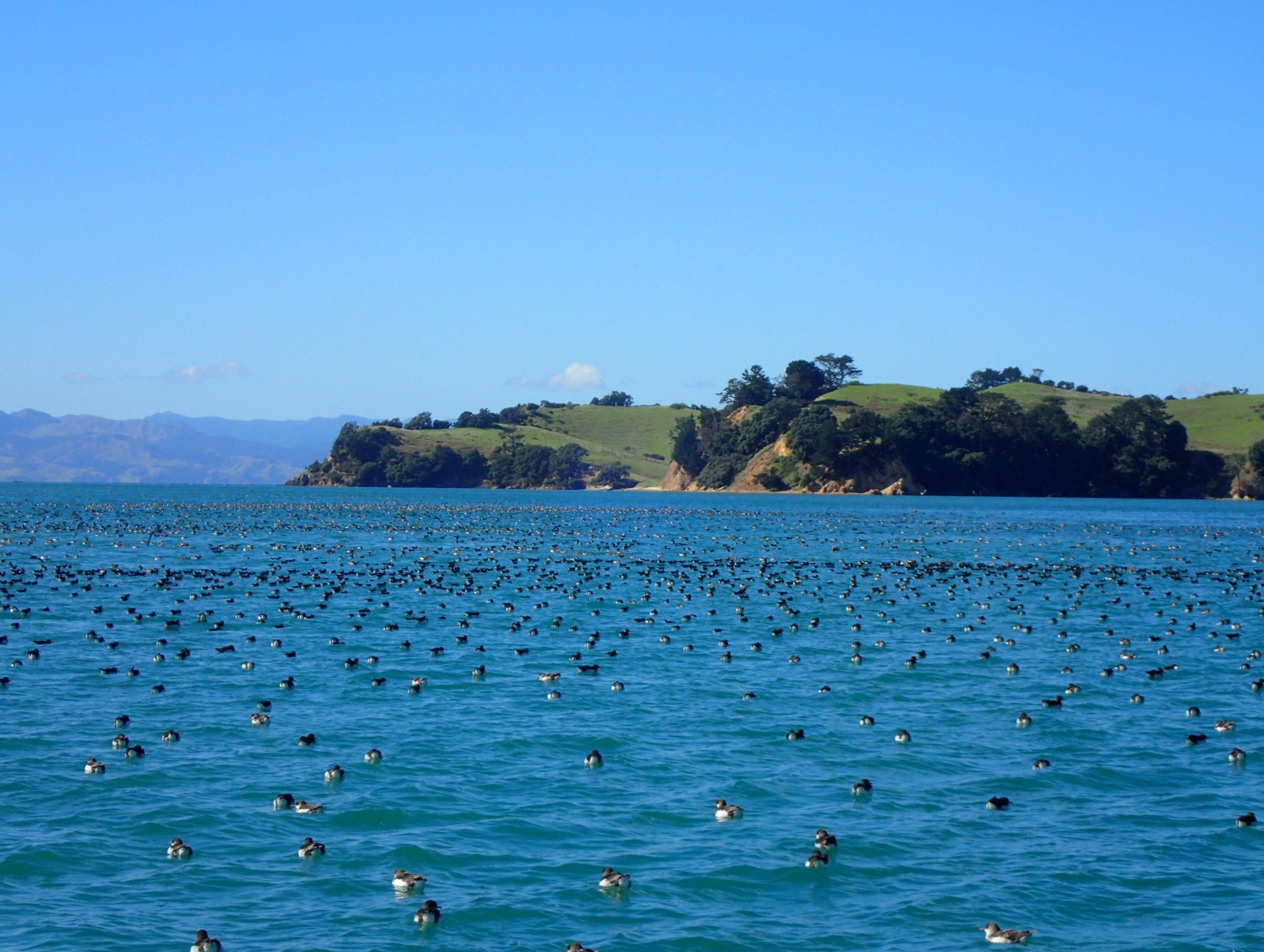
“We describe differences between the islands based on these invasion histories, which are directly related to mean seabird burrow density, with the never-invaded islands having the highest density followed by the islands eradicated over 30 years ago and 2 years ago. There are 8 ground-nesting seabird species on the Mercury Islands with varying breeding periods, resulting in steady guano deposition onto the islands throughout the year.”
The δ15N nitrogen isotope was measured by the researchers as it is found in high levels in seabirds (and their guano).
“Given that seabirds feed at a high trophic level, primarily on marine prey, their guano is enriched in the heavier 15N isotope, allowing researchers to track seabird influence through trophic systems. Algal 15N enrichment has been observed at seabird islands with high nest density.”
Never-invaded islands and those cleared of invasive mammals earlier were expected by the researchers, to have higher seabird densities and higher nutrient loads into the nearshore environment, resulting in 15N enrichment. Their hypothesis was confirmed.
In total, 29 species of seaweed (macroalgae) were identified by the SCUBA team.

“Macroalgal diversity was highest at never-invaded islands, followed by islands in order of eradication year (eradicated 30 and 2 years ago). The amount of seabird-derived nitrogen (δ15N) in algae was higher during the rainy season and decreased with sampling depth and wave exposure. Sampling near high runoff points resulted in increased δ15N in red algae alone. Never-invaded islands had the highest δ15N in most species”.
One result went against expectations, however.
“With species found at both eradicated islands, the recently eradicated island had unexpectedly higher δ15N than the island eradicated over 30 years ago. This discrepancy may be a result of the recently eradicated island’s large size and presence of streams, estuaries, and sheltered bays.”
Different seaweed species were found to differ in their uptake of nitrogen.
“Our analysis demonstrated that guano uptake in macroalgae is species-specific and influenced by multiple environmental factors. Given that the red alga Vidalia colensoi was the only study species influenced by runoff amount further indicates that different algal functional forms take up nutrients at different rates and capacities.”

This case study was one of the first to look at how macroalgae communities are more diverse at never-invaded and older eradicated islands as well as how sampling depth, season, wave action, and runoff influence stable isotope values in algal species.
“Quantifying nearshore recovery is crucial in measuring whole system impacts of island management, maintaining coastal ecological and economic services, and further describing the importance of seabirds in driving the nutrient connection between land and sea,” the researchers conclude.
The full case study is described in Marine Ecology Progress Series. Only the abstract is freely available to non-subscribers.

